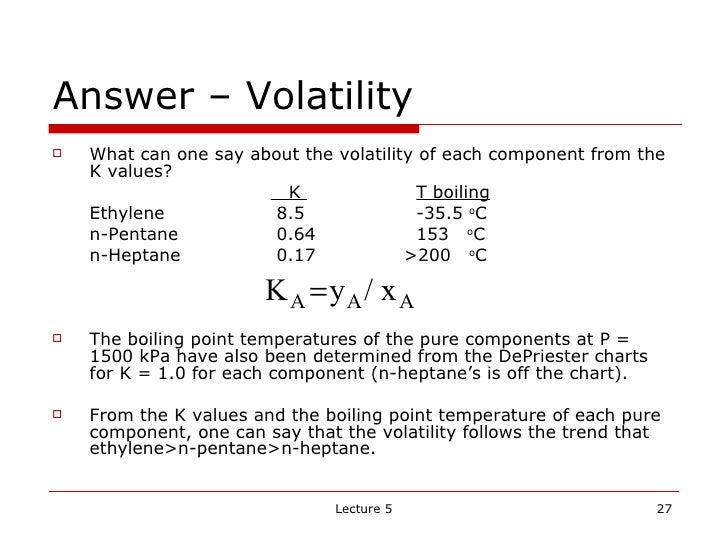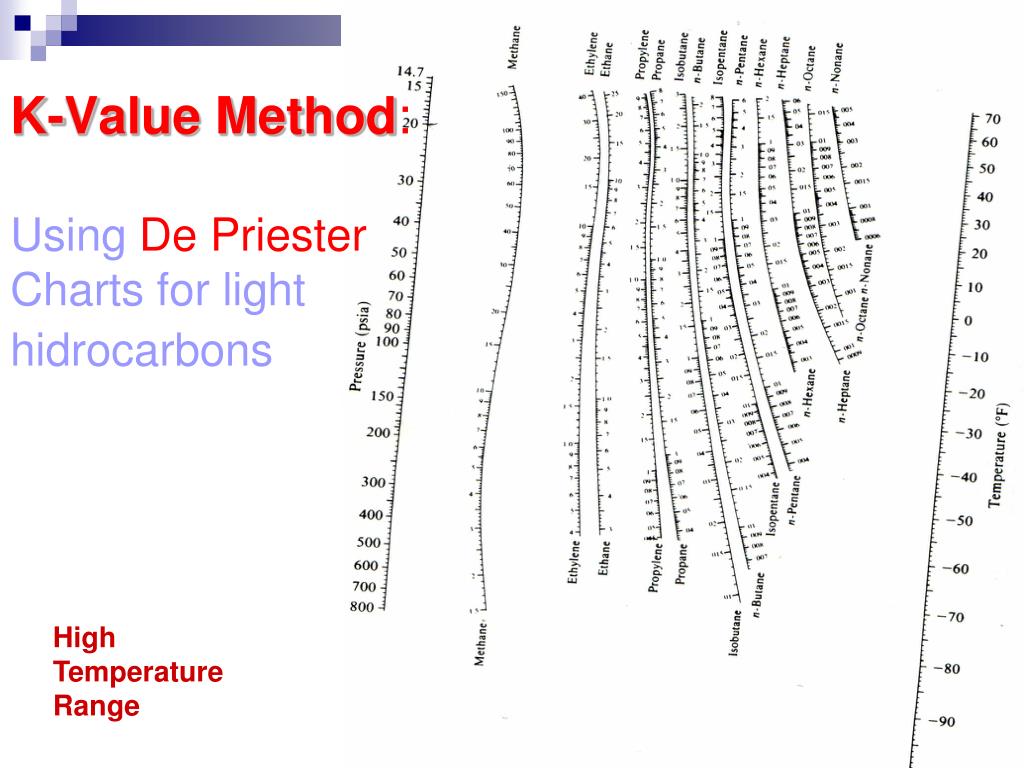


In conclusion, a quality batch of local anesthetic should remain efficacious long past the manufacturer's stated shelf life a batch that is less than optimal, or one that is exposed to environmental stresses, will degrade rapidly, and efficacy may be affected by decreases in pH and loss of vasoconstrictor. Accelerated aging tests revealed a strong correlation between a decrease in pH and loss of antioxidants and vasoconstrictors. Real-time tests on batches that were within normal limits revealed that solutions were stable past 4 yr. Results showed that, immediately upon receipt from the manufacturers, three batches were below the USP pH limit (pH 3.3), and two batches contained less than the minimum limit of vasoconstrictors (90%). Several batches of lidocaine and mepivacaine with vasoconstrictors were tested. The purpose of this study was to determine the relationship between pH and the concentrations of antioxidant and vasoconstrictor in dental local anesthetic solutions over real-time and after accelerated aging. PH affects the efficacy of local anesthetics by determining the percentage of the lipid-soluble base form of the anesthetic available for diffusion and penetration of the nerve sheath.

The relationship between pH and concentrations of antioxidants and vasoconstrictors in local anesthetic solutions. This problem was most likely due to temperature changes during storage and shipment, but it was also possibly due to manufacturing discrepancies. The contaminant was most likely wax or a combination of wax, silicone, and glycerin, which are constituents of the rubber stopper and its associated lubricants. Analysis of the foreign matter revealed the particles to be of a way or puttylike consistency however, the sterility of the solution was not altered and the pH was still within acceptable limits. The contaminants were noticed in several cartridges of each container and varied in size from minute to several millimeters. Particulate contamination was found in one particular lot number of local anesthetic, lidocaine with 1:100,000 epinephrine. Particulate contamination of local anesthetic solutions. Since the presence of methylparaben in dental anesthetics is not regulated by the Brazilian National Health Surveillance Agency (ANVISA) and this substance could cause allergic reactions, it is important to alert dentists about its possible presence. Methylparaben concentration varied among solutions from different manufacturers, and it was not indicated in the drug package inserts 2. One glass and all plastic cartridges presented methylparaben. Results When detected in the solutions, the methylparaben concentration ranged from 0.01% (m/v) to 0.16% (m/v). The mobile phase used was acetonitrile:water (75:25 - v/v), pH 4.5, adjusted with acetic acid at a flow rate of 1.0 ml.min-1.

Separation was performed using high performance liquid chromatography (HPLC) with UV-Vis detector. Different lots of the commercial brands were obtained in different Brazilian cities (Piracicaba, Campinas and São Paulo). Material and methods Twelve commercial brands (4 in glass and 8 in plastic cartridges) of local anesthetic solutions for use in dentistry were purchased from the Brazilian market and analyzed. Objective To detect the presence and concentration of methylparaben in cartridges of commercial Brazilian local anesthetics. Methylparaben concentration in commercial Brazilian local anesthetics solutionsĭa SILVA, Gustavo Henrique Rodriguez BOTTOLI, Carla Beatriz Grespan GROPPO, Francisco Carlos VOLPATO, Maria Cristina RANALI, José RAMACCIATO, Juliana Cama MOTTA, Rogério Heládio Lopes


 0 kommentar(er)
0 kommentar(er)
